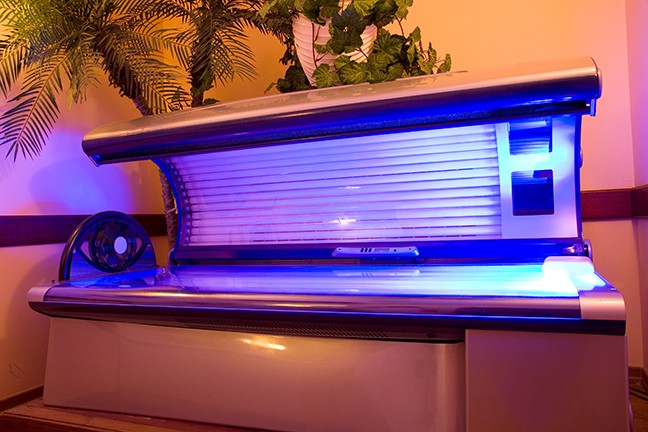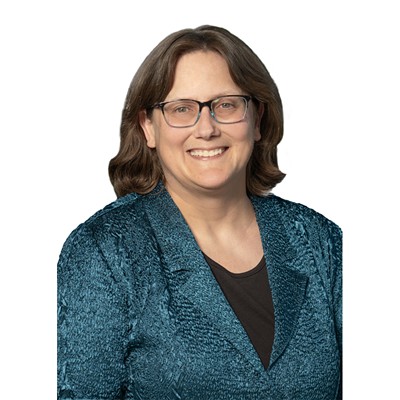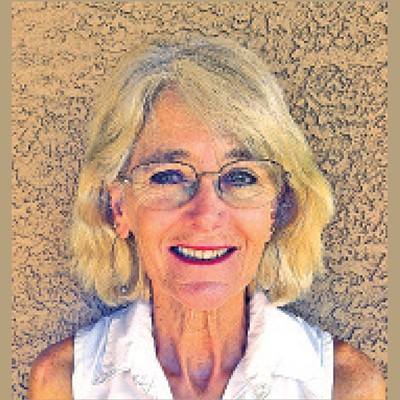Tucson has an estimated 284 sunny days or approximately 85 percent of the year with sunlight, according to 2018 Current Results Weather and Science Facts. The sun doesn't discriminate—whether you are fair-skinned or have darker skin, without protection you are subject to skin cancer, the most common of all cancers, according to the American Cancer Society (ACS).
May is Skin Cancer Detection and Prevention Month, so listen up for skin cancer protection:
Melanoma starts in the melanocytes cells and can form anywhere on the body but usually on a man's chest and back and on women's legs, as well as the face and neck. Other types of skin cancer are basal cell, the most common, located in the lower part of the epidermis and accounting for eight out of 10 skin cancers and squamous cell, located in the outer part of the epidermis, accounting for two out of 10 skin cancers.
According to the American Academy of Dermatology, melanoma is characterized by the uncontrolled growth of pigment-producing cells. Melanomas may appear on the skin suddenly without warning, but can also develop on an existing mole. It has been rising for the past 30 years, according to ACS, and according to the CDC, if rates continue, there will be more than 112,000 new cases by 2030.
Melanoma is the second most common cancer for those ages 15 to 29, according to the ACS. Individuals in that age group and readers who have children of those ages should be wary of their children's tanning habits, many whom use tanning beds. Overall, 190 Arizonans will die of melanoma and 2340 individuals of all ages will be diagnosed in 2019. It increases with age. Melanoma, the most deadly, which accounts for only 1 percent, but cause a large majority of skin cancer deaths. It is diagnosed on average at age 63.
"The highest risk is seen in men over 70, but people of any age can develop these tumors," said Tucson dermatologist Dr. Norman Levine, who advises people to avoid the sun between 10 a.m. and 4 p.m. (if possible); to wear broad spectrum sunscreen of at least SPF 50; to wear covering clothing; and to wear a hat to help prevent skin cancer.
"Risk factors include fair skin which burns easily and tans poorly, a history of excessive sun exposure and the use of tanning beds," says Levine.
The 2011 book Cancer of the Skin notes tanning salons, popular since the 1970's on college campus dorms, health clubs and spas, promote healthy tanned skin.
Are salons safe? "Indoor tanning is dangerous for many reasons," said Brian Hummel, Arizona government relations director for the American Cancer Society Cancer Action Network. "Like sun tanning, indoor tanning exposed the skin to ultraviolet light, which causes most skin cancers. And the UV light from indoor tanning is intense, busting the myth that because it's controlled, it's safe. Because indoor tanning is widely available and there are few restrictions, people assume it is safe, and some salons deceptively promote that it is a way to get vitamin D."
"That golden glow you see in a tan is actually skin damage," Hummel added. "When the skin changes color, it is indicative of changes in a cell's DNA, which makes it more susceptible to skin cancer."
Christine Boyer-Nelson, 55, who is being treated for the second time in 20 years for melanoma, burned often as a child, used tanning beds in her 20s, and was a year-round swimmer when "a mole started changing." She is checked once a month and has chemotherapy every three weeks.
"Tanning beds look like a coffin," Boyer-Nelson said. "I didn't like laying in them—they made me feel like this is what it would be like to be buried alive."
And it's all avoidable! Do not use tanning beds. Protecting your skin from 10 a.m. to 4 p.m. with a shirt, broad spectrum SPF or higher sunscreen, wearing a hat and wearing sunglasses to protect your eyes and skin around it from ultraviolet light can save you from a skin cancer diagnosis, according to the American Cancer Society. If you see any suspicious or unusual moles, have a doctor check you.
Why risk it? Avoidance is simple.
Maxine Goodman is an American Cancer Society Volunteer








